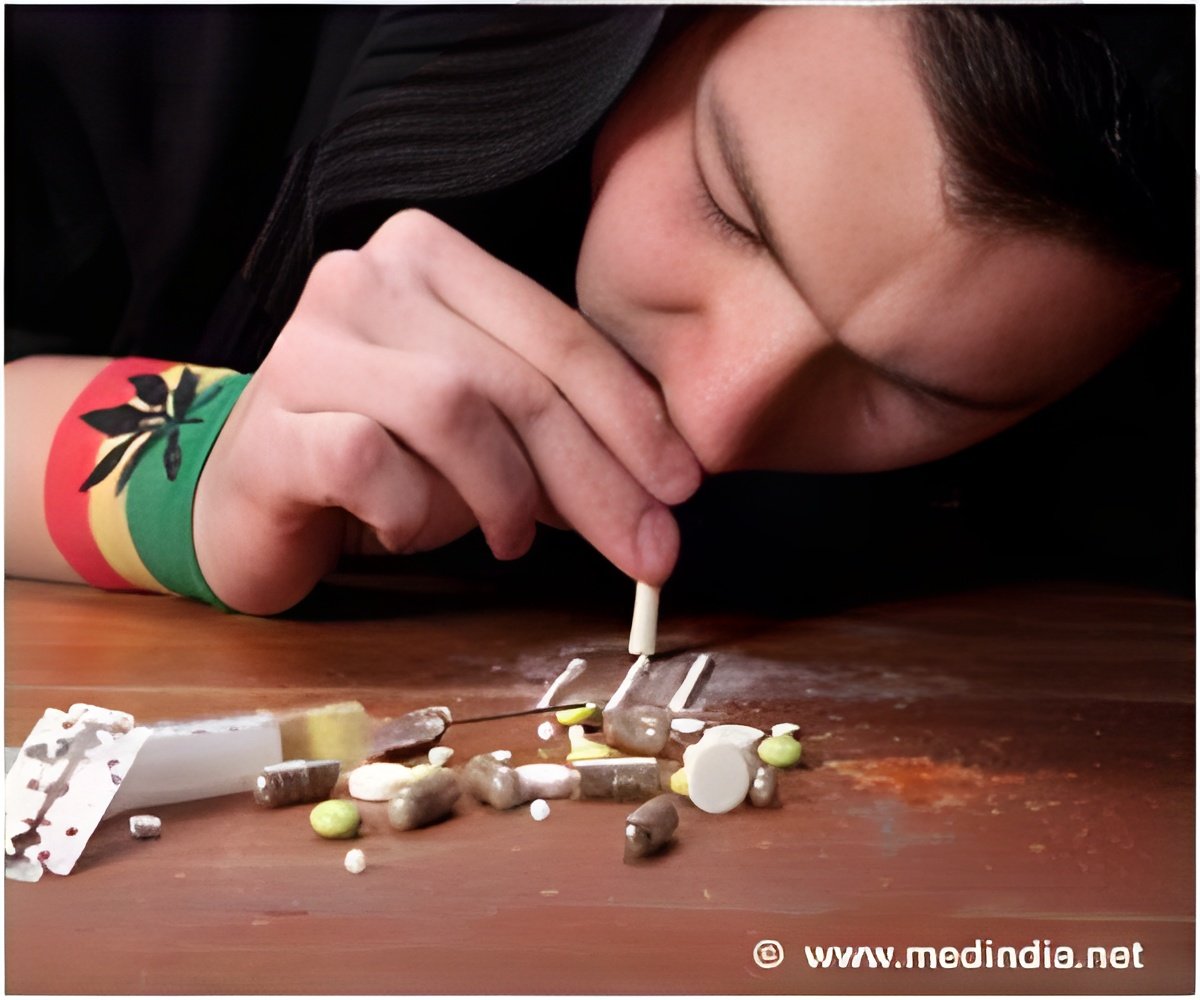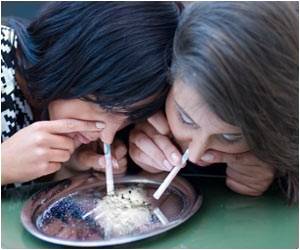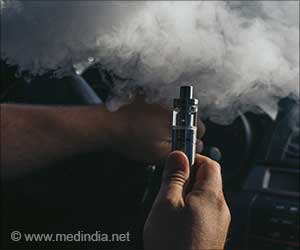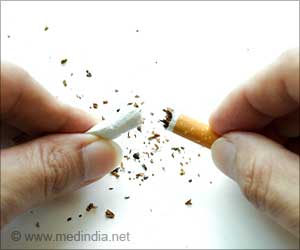A collection of charts providing picture of drug use in the US is now available on the website of Rice University's Baker Institute for Public Policy.

‘An extensive and easy-to-use collection of charts providing picture of drug use in the United States is now available on the website of Rice University's Baker Institute for Public Policy.’





Originally created by nonresident contributing expert Brian Bennett and updated by the Drug Policy Program, most of these charts trace the pattern of the use and abuse of individual drugs over more than 40 years. To understand how these data can inform smarter and more effective U.S. drug policy, Martin and Katharine Neill, the Alfred C. Glassell III Postdoctoral Fellow in Drug Policy at the Baker Institute, wrote an issue brief, "Drugs by the Numbers: The Brian C. Bennett Drug Charts." A closely related policy report, "Rx for U.S. Drug Policy: A New Paradigm," by Martin and contributing expert Jerome Epstein elaborates further on the implications of these and other amply documented patterns of drug use and abuse.
Most of the charts show the percentage of people 12 and older (or in smaller groupings) who have ever used a given drug in their lifetime, in the past year and in the last month. High proportions of people who have ever used any of the drugs against which federal, state and local law enforcement agencies have waged aggressive war since the 1970s stopped using the drugs within the first year and no longer use them regularly, if at all.
"The Bennett charts graphically illustrate the natural course of the use of psychoactive drugs," Martin and Neill wrote. "Most people who ever use such drugs stop using them shortly after initiation or a period of (usually brief) experimentation. As the introduction to the collection explains, this pattern is closely correlated with age, with illicit drug use (and other risky behaviors) reaching a peak between 18 and 20, declining sharply by age 26 and then dropping gradually over the rest of the life span. This calls into question policies that levy harsh penalties and apply indelible criminal records to people for what may be experimental or incidental use likely to stop on its own in the normal course of maturation without treatment, 12-step programs or relapse. More rational and compassionate responses exist and deserve close attention."
Martin and Neill said important findings in these two publications include the following:
Advertisement
- Marijuana's reputation as a "gateway" drug is not supported, even for more marijuana use. More than half of respondents under 60 have used it during their lifetime, but fewer than 10% use it regularly.
- Far fewer people progress to harder drugs. Current monthly use of cocaine is 0.6%; for heroin and methamphetamines, only 0.2%.
- The vast majority of people with a "substance-use disorder" after age 26 developed it before age 18.
- Problematic drug use has been stable for decades, calling into question the success of the war on drugs.
- Some cities, states and countries have devised proven successful alternatives to prohibition and harsh punishment for drug use and abuse.
- Now that about 90% of new heroin users are white, politicians and other officials are starting to treat opioid addiction as a disease and public health problem rather than a crime deserving harsh punishment.
- Traumatic childhood experience, mental illness and economic insecurity are more significant predictors of substance abuse than availability of the drugs.
Source-Eurekalert












